Wire Fencing Solutions
Choose the right type of fencing based on your purpose and goals.
A well-built fencing plays an important role in defining an area and protecting your property from intruders as well as providing an extra level of security and privacy that a gate may not be able to offer. Whether it’s a residential, commercial or industrial property, a fence is a smart investment.
A growing number of fences use wire as the core material. Wire makes excellent fencing because of its physical properties, including tensile strength, ductility, and three-point bending. Wire can be stretched across vast tracks of land and moulded into any required shape.
Aluminium vs Steel Wire Fencing
Not all metals and alloys make good wire. Aluminium and steel are the most common wire fencing materials with their own set of strengths, which is why they are most commonly fitted by local Toronto, NSW fencing company, Chainwire Fencing Specialist. Aluminium fences are low-maintenance and easy to relocate. They do not rot, develop mould, or need special care. However, aluminium wires tend to be less durable than steel.
Although it costs more than aluminium, steel wire may be worth the investment, especially for harsh weather conditions. This is because steel has oxidised chromium on its surface, making it incredibly strong and durable.
Most wires are coated in some way, to resist rust and corrosion. During hot-dip galvanising, for example, steel wire is coated at high temperatures with a layer of zinc. Wire fencing can also include a green or black PVC coating for extra protection for galvanised wire.
The level of protection of the wire from the elements depends on the thickness of the galvanising, which is categorised as Class I, Class II, and Class III, where Class I has the thinnest coating and shortest life expectancy.
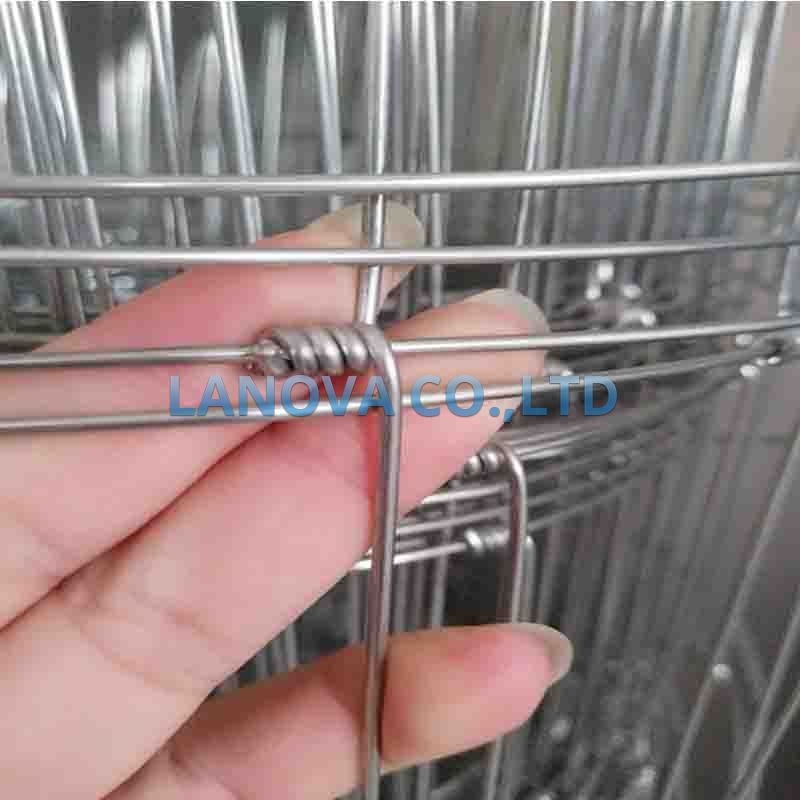
For example, a nine-gage wire with Class I coating may show signs of rusting in eight to ten years. A similar-sized wire with Class III coating will show signs of ageing in 15-20 years.
Types of Wire Fencing
Aluminium and steel wire are fashioned into different types of fencing, such as:
1. chain link fence
A chain link fence is one of the widely used fence types in Australia. It is made from galvanised steel wire, formed into an open-weave mesh. The wires are bent into a zig-zag pattern to form a diamond shape.
chain link fence can also be customised to be used for:
Internal partitions
Perimeter fences for schools
Perimeter fences for farms, animal enclosures
Sports ground fencing
Perimeter fences for public parks
Storage cages
Temporary fences for construction sites.
On the flipside, Chainwire fencing does not offer much in terms of privacy. Since it is see-through, chain wire fencing may not be the best option for owners seeking absolute privacy. In that case, a modular wall or precast concrete fencing would be more advantageous.
Related links:What is the purpose of gabions box?
Nickel Base Alloy: A Versatile and Durable Metal for Modern Applications
How Do You Specify a Reducing Tee?
The Art of Precision Machining: Exploring the Process of Graphite EDM
Everything You Should Know: Fused Magnesia
What is a lost head nail?
What is Cold Rolled Stainless Steel?
A barbed wire consists of two longitudinal wires twisted together in a cable, with the wire coil around a cable at regular intervals. Barbed wires are useful in agriculture, residential, industrial, sports, and leisure settings.
The brazen few who attempt to climb over can get caught in the sharp barbs and sustain deep injuries.
3. Electric Fencing
If constructed and electrified properly, an electric fence can be safe and effective. An electric fence consists of insulated horizontal wire, attached to insulated vertical stakes, through which electric current passes, to keep trespassers out and protect everything within.
Electric fences are typically used in farms for grazing livestock. The voltage is not dangerous, but just enough to train animals to stay away.
Despite the technology involved, electric fencing costs relatively less than barbed wire fencing on average. The structure requires less material to construct and less time to install. It can also extend the life of an ageing fence. The equipment required to construct an electric fence, includes:
Wire
Charger/Energiser
Ground rods
Insulators
Corner strainers (can be plastic or porcelain)
Gates
Braces
Posts.
Electric fencing can be moved quite easily, so property owners can take down the structure and put it up just as quickly. This versatility makes it useful for farm owners who may be looking to temporarily or permanently expand grazing options for their cattle.
4. Field Fence
A field fence (Hinge joint fence)features heavy (12-guage) wires and crimped joints. Field fencing is typically used to contain bigger livestock like hogs and cattle, and it comes in several varieties:
Hinge-joint knot fence
Fixed-knot fence
Woven field fence.
What are the advantages of finned tube?
Top 5 Industries Relying on Hot Dipped Galvanized Wire for Durability
What is a Ductile iron pipe used for?
Unveiling the Advantages of Choosing Aluminum Expanded Metal
How to Control the Quality of Micro Silica Fume?
The Advantages of Chicken Wire Mesh
What is the Carbon Steel Reducer?
967
0
0
Related Articles
-
177
0
0
-
180
0
0
-
175
0
0
-
163
0
0
-
178
0
0
-
172
0
0
-
166
0
0
-
170
0
0


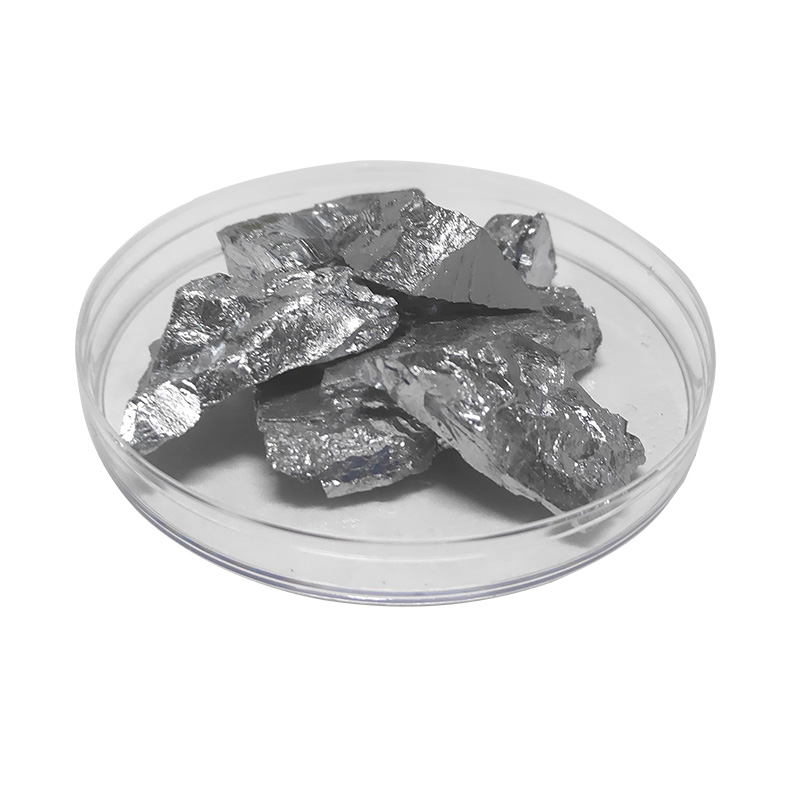
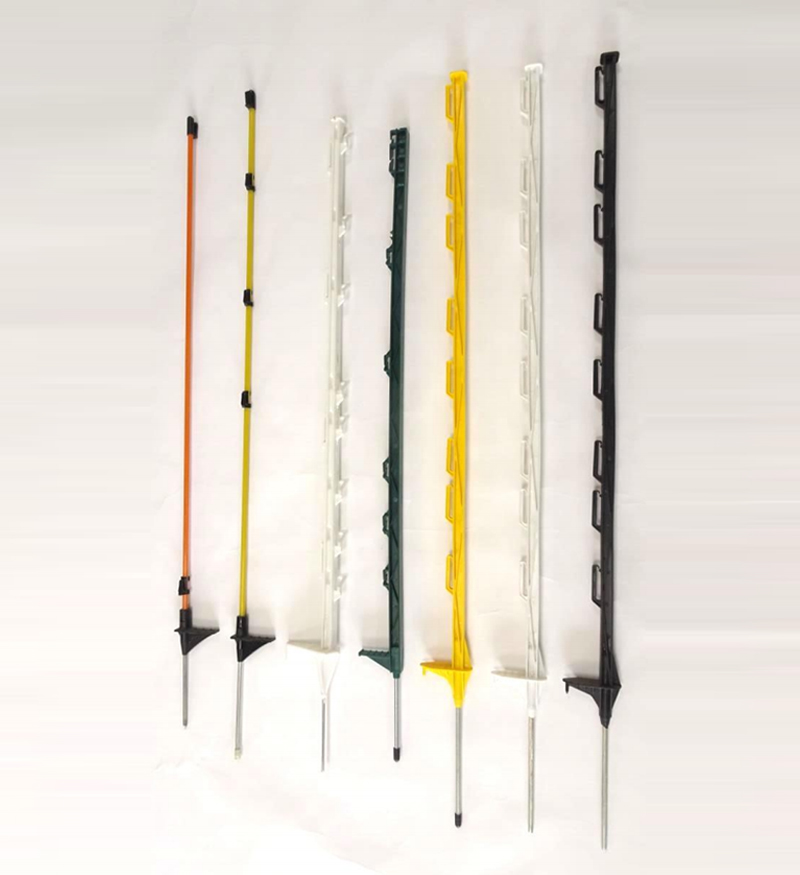
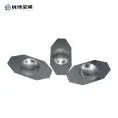
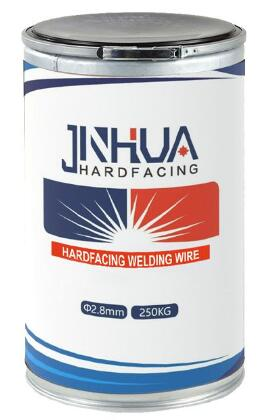
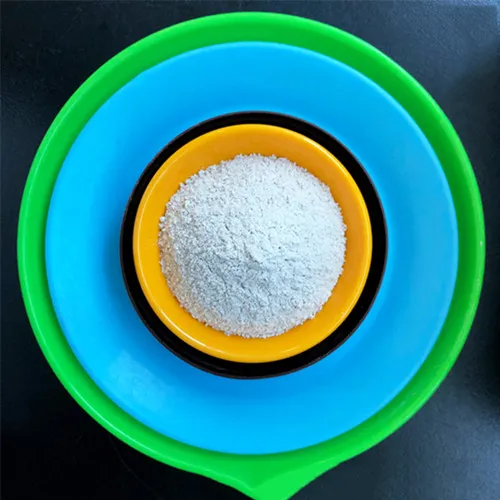
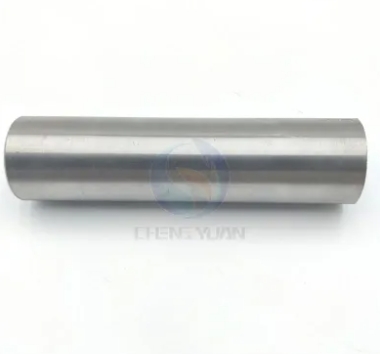
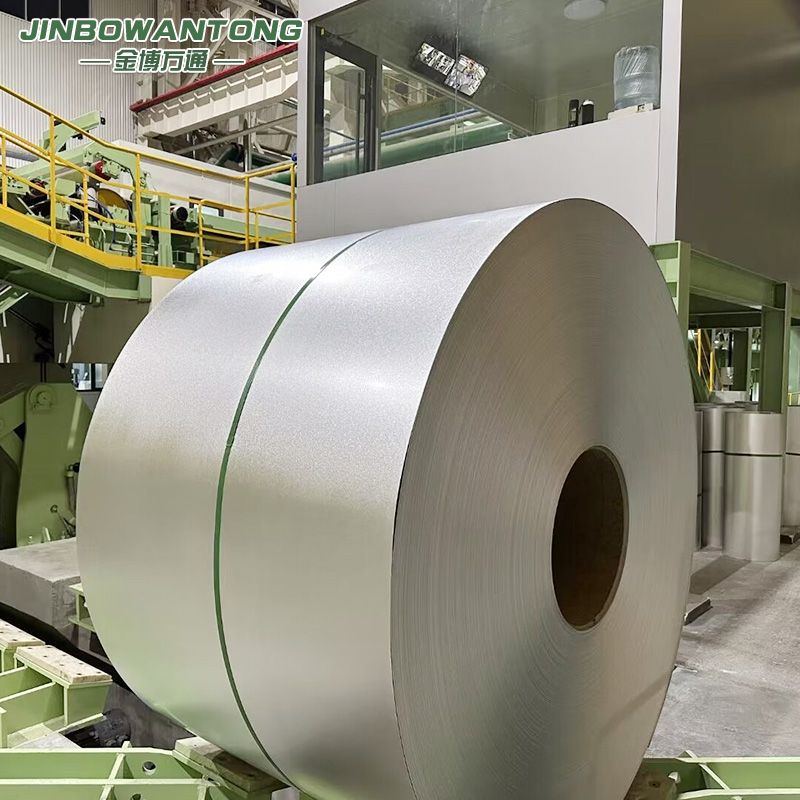

Comments
All Comments (0)